At a glance
What is an essence? How and when should you use this hybrid product, between a toner and a serum? And above all, do you need it?
Recently, and probably thanks to the influence of Asian beauty, a new type of product appeared on most skincare addicts radar: essences. Like a kind of “beauty water” or “liquid skincare”, an essence is a hybrid liquid product that is a cross between a toner and a serum. Can it replace them or do you have to add it to them? I’ll tell you everything you want to know about essences!
Essences are clearly not new products. In Asia, they have been around for years.
Traditionally, Asian women used to soak rice in water to make some rice water they could apply on their face. Rice water is packed with antioxidant vitamin E, iron, and other minerals to cleanse and soothe the skin. The first anti-aging essence was born!
I heard about essences for the first time around three years ago. But at the time, I really believed that this product was completely useless and invented by marketing gurus as a pretext to coerce people into adding yet another step to their routine.
Clearly, I wasn’t buying it. In addition, I thought that this texture was too liquid to be efficient. How can a product be so effective when it looks and feels like water? And why in some cases are essences so expensive?
In short, I was convinced that essences were a total scam!
And then, I started to take a closer look at the concept of layering my skincare. In the layering process, essences are absolutely essential. That’s when I had a true aha moment. I finally understood what an essence was for. And my dehydrated skin has never been the same since then!
What is an essence:
Essences are like liquid skincare products. Some of them are very liquid, like water and the thicker ones have the texture of a very light gel, a little viscous. They’re highly concentrated in moisturizing, anti-aging, radiance boosting and/or regenerating ingredients.
Usually, their texture is thicker than toners but finer than most serums. However, like always, there are exceptions. In fact, what characterizes an essence in addition to its texture is also the high concentration of ingredients.
What’s the difference between an essence and a toner?
It is indeed this concentration in ingredients that differentiates an essence from a toner.
The toner is generally used as a complement to the cleansing step of your skincare routine (so after you have removed your makeup and cleansed your skin):
– it completes the cleansing process by removing the last remains of makeup, impurities, dead cells, hard water etc.
– it also helps to rebalance the pH of the skin and in the case of acid toners, it has a chemical exfoliating effect on the skin.
The name of some products can be very confusing. Indeed, in Asian beauty, there are many products called “toner”, and it’s quite misleading. Most of their “toners” are actually essences, which doesn’t help to make the difference between the two products!
To differentiate the two, I always rely on the ingredients in the formula: if this “toner” contains exfoliating ingredients, it’s indeed a toner. If not, it’s an essence.
An essence is usually much more concentrated in ingredients than a toner. An essence is the beginning of the treatment steps of your skincare routine, it’s not part of the cleansing steps like the toner.
There are moisturizing essences as well as treatment, anti-aging, repairing essences… We’re talking about an extremely diversified cosmetic product category here.
What’s the difference between an essence and a serum?
But does that mean that an essence is like a more liquid and less concentrated version of a serum? Well, it depends.
In general, serums are more concentrated in active ingredients than essences, but to be honest, it really depends on the products, especially if you look at the Asian versions.
Many Asian essences are really rich in active ingredients, with percentages that can go up to 90-95%. They’re not like other essences I’ve seen with a majority of water infused with preservatives and a few moisturizing ingredients (like Vichy Mineral 89, for example).
No, the real difference with serums is in the typical liquid texture of the essences, which, as you’ll see below, gives them a very specific role.
Most serums are thicker in texture than essences. They are usually very concentrated in skincare ingredients and they can penetrate the deep layers of the skin (especially compared to moisturizers, which are usually occlusive products, which form a film on the surface of the skin).
Benefits of an essence for the skin:
The main goal of an essence is to prepare the skin to receive the other subsequent products in a skincare routine. And its liquid texture makes all the difference, here.
Indeed, think for example of a sponge, or rather two sponges. One is very dry and hard, the other is wet. What happens if you run water on your dry sponge? Much of the water will just slip on the surface and go directly into your sink. The wet sponge, on the other hand, will absorb and quickly retain much more water.
The main goal of an essence is to prepare the skin to receive the other subsequent products in a skincare routine.
A skin prepared with an essence reacts a bit like your wet sponge. Anything you apply on top of it will absorb faster and deeper into the skin. That’s also why if you have dry and dehydrated skin, the application of a moisturizing cream alone is rarely enough in the long run.
An essence has a prepping role for skincare and will allow your skin to benefit optimally from all your skincare products, including the serum that you apply on top.
But essences are not just “complementary products” for the skincare routine, they also allow the skin to look much plumper.
Indeed, thanks to their moisturizing effect and their high absorption capacity, they will go deep in the layers of the skin, those responsible for a smooth appearance and its density, to help re-plump and intensely hydrate them. So using an essence allows the skin to maintain its firm and smooth appearance.
Hydration is indeed an obsession in Asia, where the first essences were created. It’s the keystone of every skincare routine because it’s the guarantee of a transparent and extremely glowy complexion which is hugely popular in Asia.
For who:
Skins that benefit the most from essences are logically the dry and dehydrated skin types, but also mature skins. Basically, all skins where you feel that nothing really absorbs and everything stays on the surface when you apply skincare products.
Combination and oily skin can also benefit from it, but even more so if they’re dehydrated.
Sometimes, especially with some particularly moisturizing essences, they can even replace the moisturizing cream in the case of these skin types. For example, on a very oily skin in the middle of a heat wave, when the skin rejects all the products, an essence can be enough to moisturize the skin without suffocating it.
How and when to use an essence:
How:
Essences have their own application rituals. Using a cotton pad is not necessary, I would actually not recommend it. The goal here is really to get the product into the skin, not to leave it on the surface.
Just take a few drops in the palm of your hand and apply it by small pressures/dabbing on the skin.
Since the essence is relatively liquid, this step takes only a few seconds.
When:
Usually, you apply the essence on a clean skin, before using your serum, in the morning and / or evening.
If you use a toner, you apply the essence after this step.
If you use stronger active treatments with ingredients like vitamin C, retinol or exfoliating acids, the essence is applied after.
And if you’re like me, and you apply several essences, the rule in layering is generally to apply the finest texture and work your way up to the thickest. So here, the most liquid essences first (they are often those with the mention “First” in their name) and the thicker/ gel like ones after.
The different types of essences:
The “First” essences:
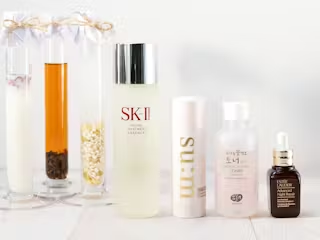 Ingredients
Focus on: fermented ingredients (ferments, yeasts, probiotics)
Like probiotic cures that are recommended at each change of season, cosmetics use more and more bacteria, yeasts and other fermented ingredients in skincare products to take care of the skin and its micro-bacterial flora, the microbiome.
Read more
Ingredients
Focus on: fermented ingredients (ferments, yeasts, probiotics)
Like probiotic cures that are recommended at each change of season, cosmetics use more and more bacteria, yeasts and other fermented ingredients in skincare products to take care of the skin and its micro-bacterial flora, the microbiome.
Read more
They are also called “fermentation essence”, “facial treatment essence”, “first treatment essence”, “starting treatment essence” or even FTE.
All these essences are quite common in Asia. There are not a lot of equivalents among Western brands. I guess it’s probably because they imply in their name (“first” essence) a more complex skincare routine with a layering process and that their main claimed action on the skin is their brightening/ whitening effect, and this is a very important concern for Asian customers.
In Asia, they are considered as “pre-essences”, or essences to put before everything else (including other essences). Obviously, if you don’t want to do a complex skincare routine with 10 steps, the “First” essence can be your only essence.
Usually, these “First” essences all have a rather similar composition, they’re often very rich in fermented ingredients such as Galactomyces or Saccharomyces (which are yeasts).
Like all essences, they prepare the skin to benefit from other skincare products applied on top of it. But they also have other benefits for the skin:
– they’re moisturizing,
– they help to rebalance the skin,
– they’re firming,
– they smooth wrinkles and fine lines,
– they have a brightening effect,
– they reduce pigmentation spots,
– and most importantly, they give a lot of radiance to the complexion.
I started to use first essences regularly a few months ago and I see the result not only in the brightness of my complexion, but also in the elasticity and the texture of my skin.
The most famous, the oldest and probably the most expensive “First” essence is probably the Japanese , which I talked about in my focus on fermented ingredients.
My detailed review of the SK-II FTE is available here.
But there are many others, especially in Korean brands like for example:
The , a dupe for the very pricy SK-II FTE, with a very appealing ingredient list and a great price tag too,
The , a very moisturizing first essence. My mini-review is here,
The , the first I tried and loved, and which totally convinced me to try more,
The , which is more brightening than whitening.
And probably a lot of others!
The moisturizing essences:
These are usually essences with a more gel-like texture, between a lotion and a serum.
Composition wise, there are many humectant ingredients, which retain water in the deep layers of the epidermis and give it a more plumpy aspect. Most are rich in glycerine, sorbitol, but also hyaluronic acid with several molecular weights (in order to have an effect on several levels in the skin).
This type of essence is particularly effective if you have a dehydrated skin. They moisturize deeply, for a long time and they improve the effectiveness of the serum and/or the moisturizing cream you apply to the top.
You can also apply several layers of this essence if you want an immediate plumping and long-lasting moisturizing effect. Koreans have even invented a technique called “the 7 skins methods”, which consists of successively applying 7 layers of a moisturizing essence. Great if you have a severe dehydrated skin!
The most famous is probably the Japanese (yes, again!)
It contains several types of hyaluronic acid and it’s really effective, it’s not a cult product for no reason! I talked about it in more detail in this article.
Other Korean moisturizing essences:
, a water-less essence but rich in super moisturizing root extract (astragalus membranaceus),
, I talked about it in my focus on fermented ingredients
I would definitely not recommend the Vichy Minéral 89. The composition of this product is not the greatest: a lot of water (OK, it’s mineral water), full of preservatives and a few moisturizing ingredients that don’t penetrate the deep layers of the epidermis. For $29.50, honestly, you don’t need it.
The treatment essences:
These essences are the closest thing to serum. The only difference is that they have a more liquid texture than the latter, but they’re also quite concentrated in active ingredients!
The prices of these essences are generally a little higher, compared to the moisturizing essences.
A few examples:
a liquid essence with 100% of fermented green tea, for an optimal anti-aging and anti-oxidant effect.
: my mini-review is here.
: a gelified essence, very effective if you have dehydrated acne prone skin. It contains snail mucus (oh yep), which is very moisturizing and helps to purify the skin very gently.
: a more liquid product, with a slightly exfoliating and brightening effect, to help fade pigment spots. My mini-review of this Caudalie essence is here.
: I talked about it in my honey and propolis focus and my mini-review is here.
Other essences:
You can also find essences in the form of sheet-masks! I will probably dedicate a full article to this topic (edit: it’s here!)
In conclusion:
So do you really need an essence in your routine?
Of course, the answer may vary. But if you’re one of those people with a skin that is always super thirsty, despite all the creams you can apply, it’s probably worth a try!
And obviously, the promise of a transparent and glowy skin is very appealing too!
If you’re a skincare addict, I’m sure you already have one in your routine! And I’m very curious to know which one is your favorite… 😉
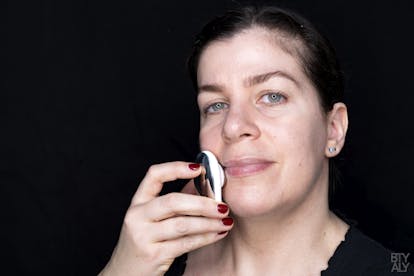
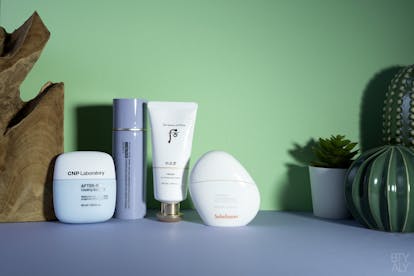


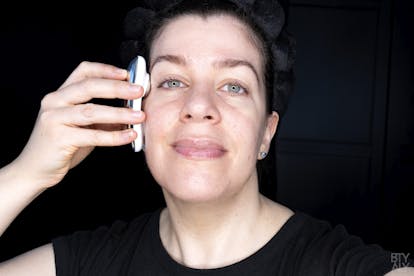

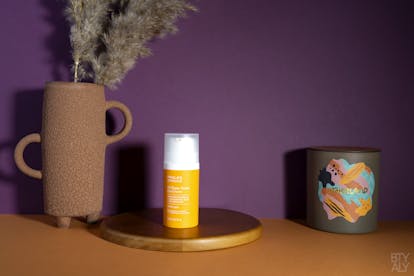
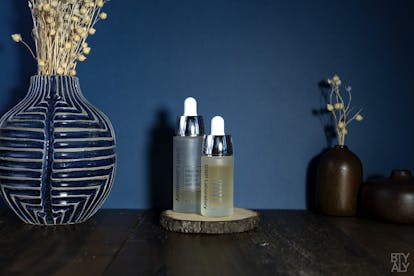
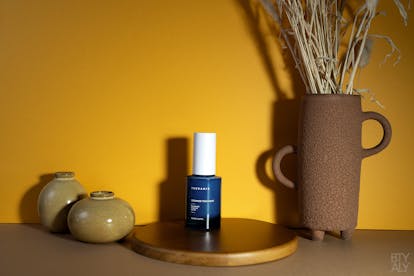
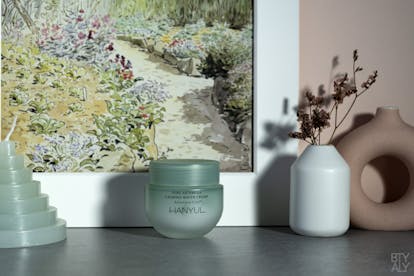

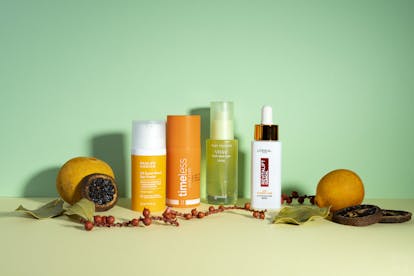

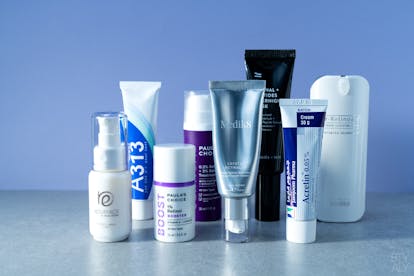
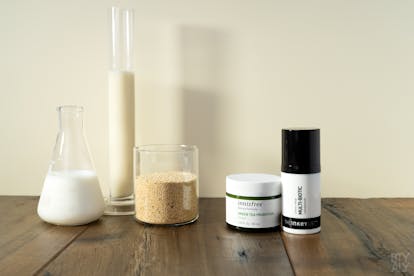
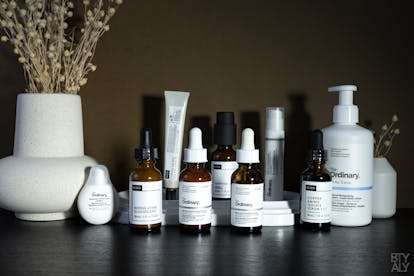
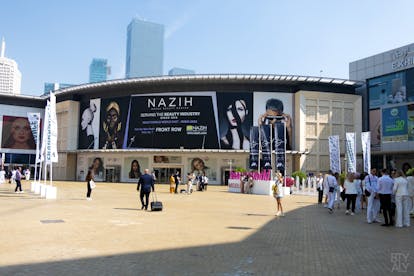
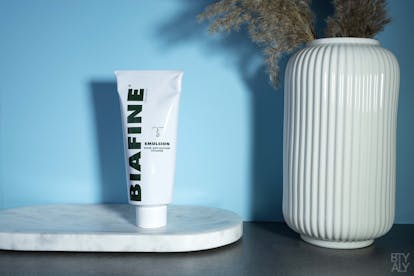

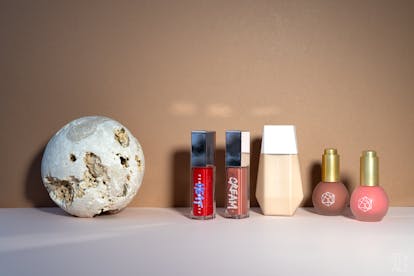
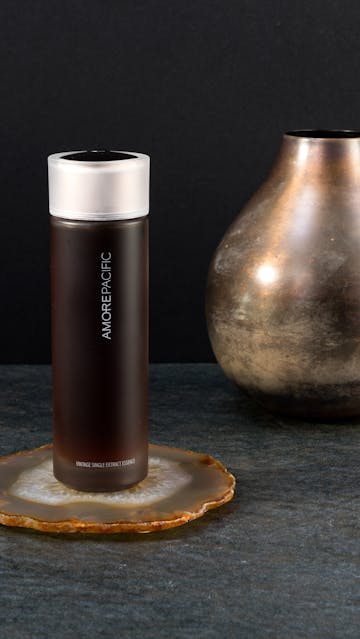

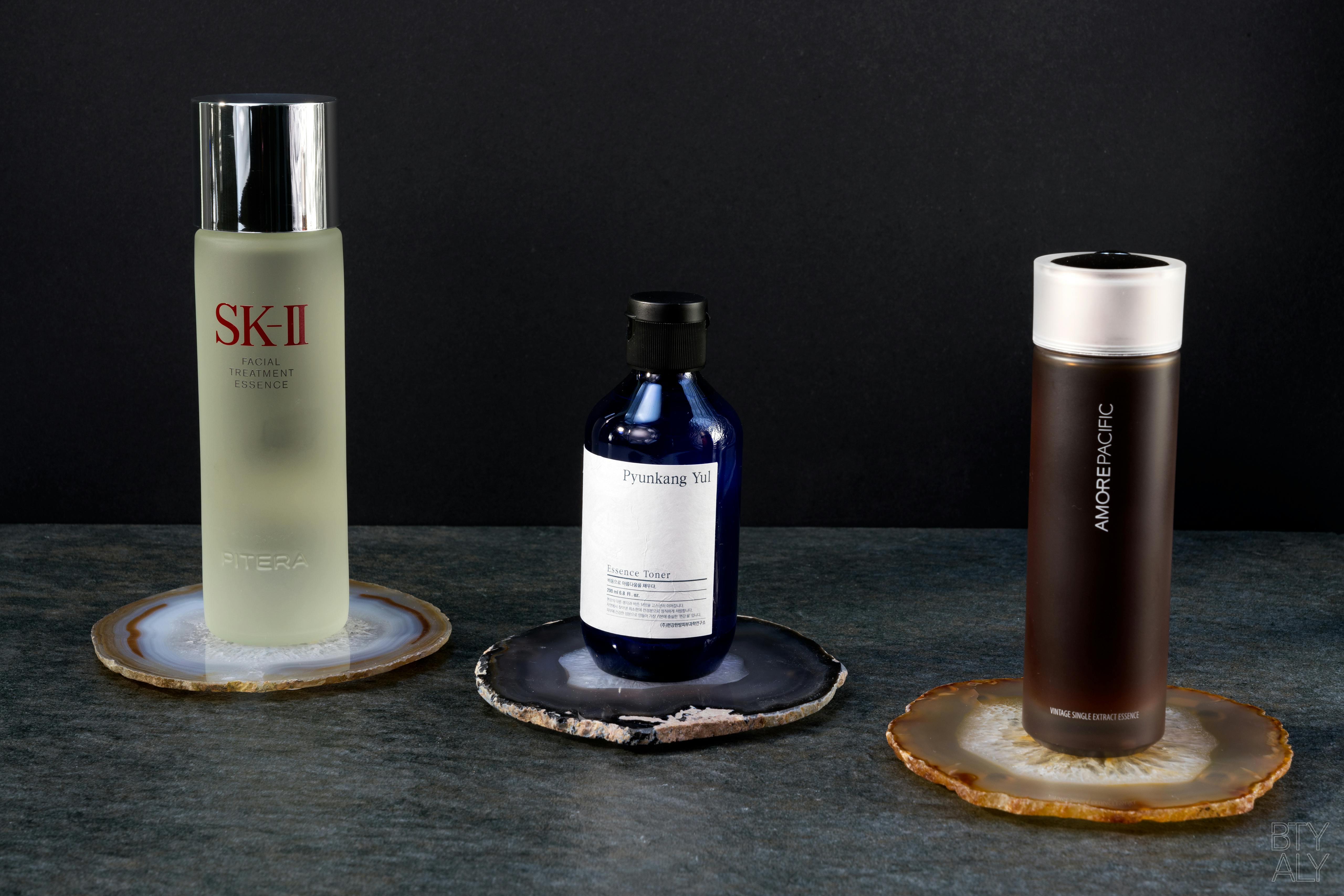

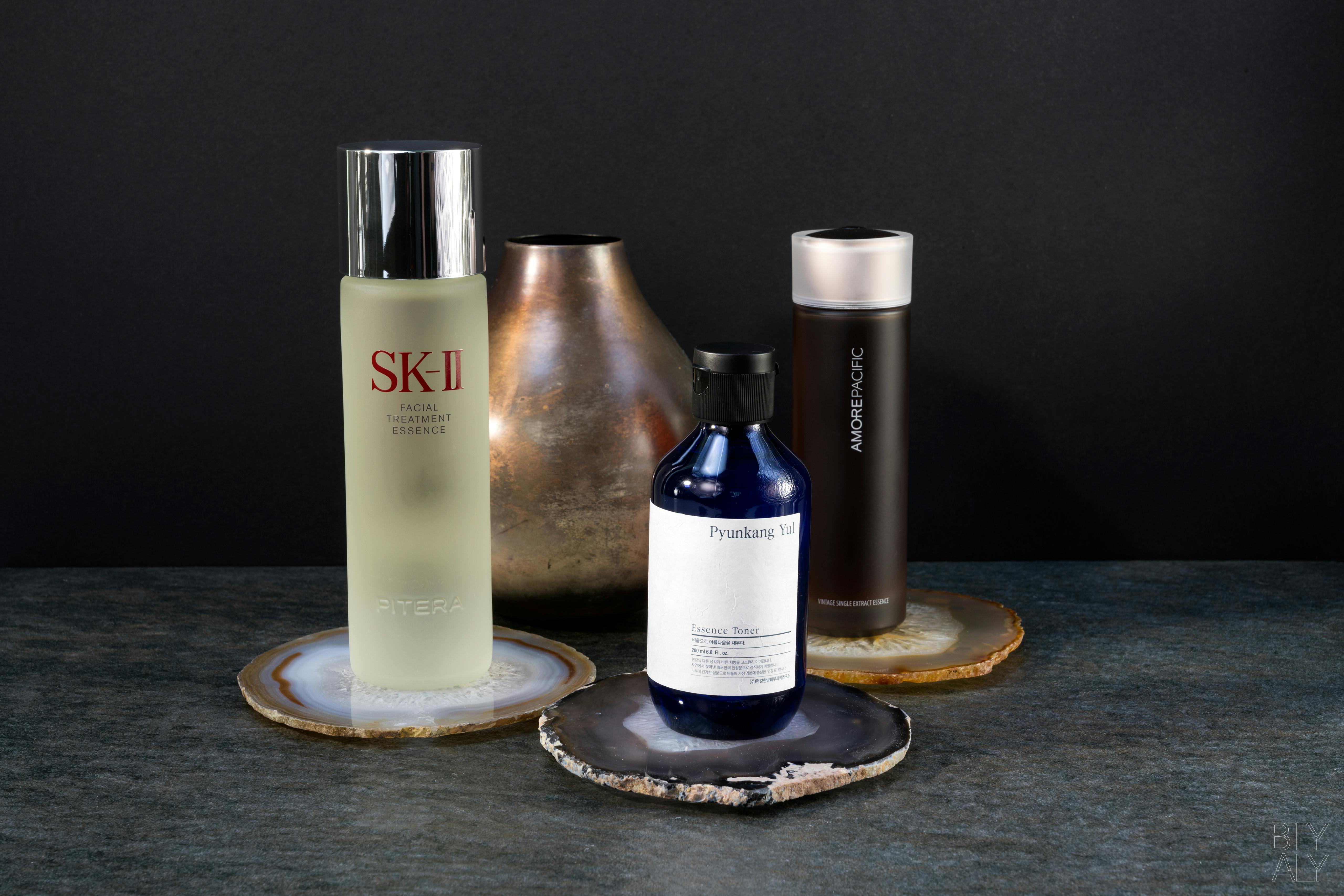
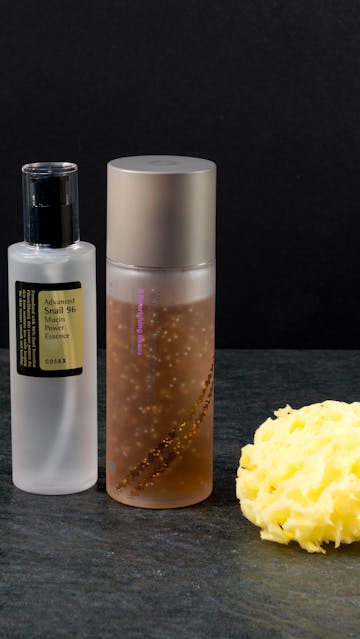

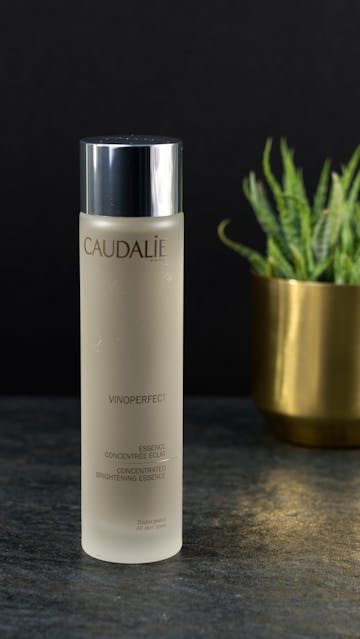

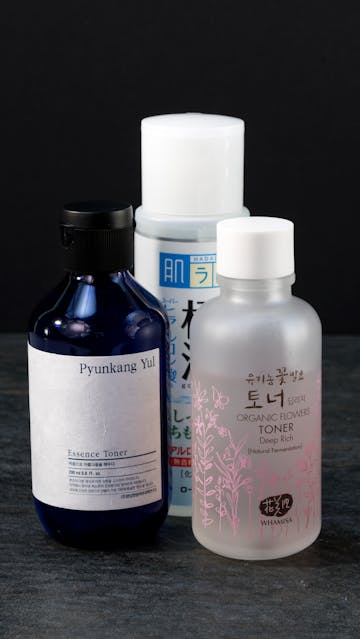


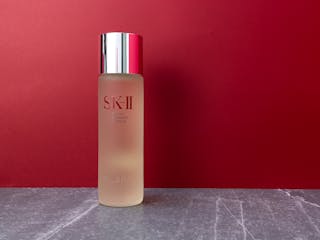
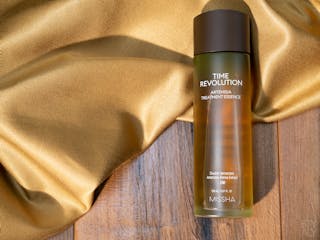

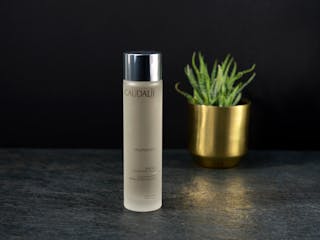
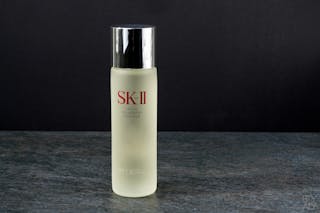

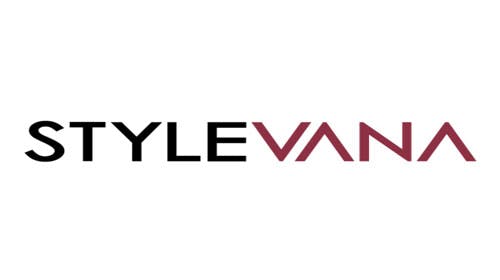


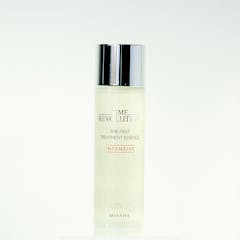

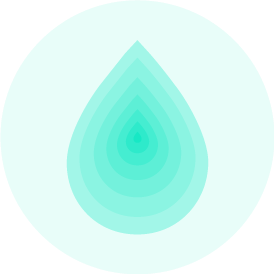
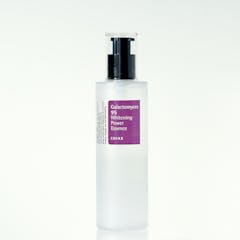


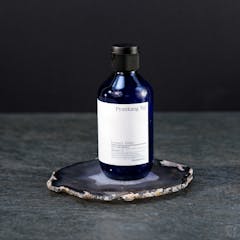
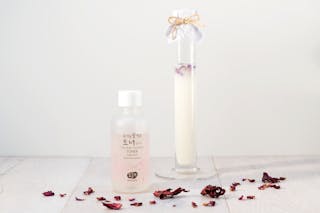
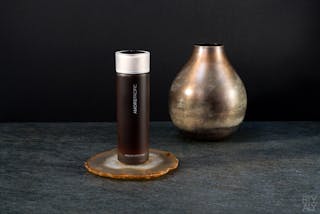

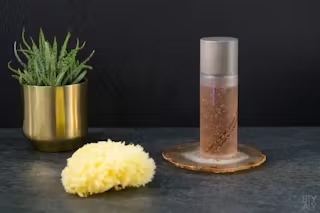
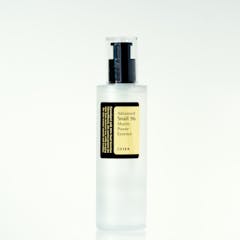



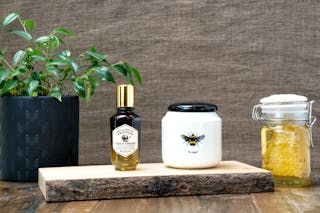









This was a great read. Best information I’ve found so far on essences and what they do. I’d been looking at some of the brands you mentioned but couldn’t find enough info on them until reading this. You helped me make the decision on which products to buy. I bought them using your links as a little thanks. Thank you!
Thank you so much, Susan, I really appreciate it! ?
I’m so glad my article was helpful ??
Hi there. I am loving these posts, and learning so much. I am super into extensive 10 step routines, but never know EXACTLY when to apply what, and i read different versions. Here you recommend using the Vitamin C or Peel Serum BEFORE the essence. I usually do the opposite. I use the Missha essence, and after double cleansing and toner, i apply the essence, then use vitamin C or apply a peel serum (like the Mizon AHA peel serum). Should i do the opposite? After the Vitamin C, i use the Benton Snail Bee high content essence, followed by a few serums (Snail bee serum, and Nacific Fresh Herb). Sometimes confusing…however, i agree with you, once you start using essences, you feel how your skin texture changes. I would really like your opinion !!
Ah ah I feel you, it can definitely be super confusing sometimes! ^^
I honestly think it’s a question of preference in a lot of cases. For me, it makes sense to apply my first essence after my vitamin C or my acids because I let them sit for a few minutes on my skin before carrying on with the rest of my routine. So the first essence is actually like a first step, in a way (not sure if I make sense here ah ah).
But to be honest, you need to take into account your preferences! If applying your Missha essence first agrees with your skin more, I don’t see any harm in that! 🙂
I have toyed with the idea of Essences, wondering about the benefit of including them to my skincare routine. This article has changed my mind about giving it a whirl. My Go To routine PM, is Pixi Overnight Glow, and I wouldn’t be without it. It spiked my antiquated ideology. I had entered a “phase” where I didn’t access to these things, not hip to how much had changed. I’d see other girls and wondered how and why they looked so airbrushed/filtered. Now on the rampage with toners, ampoules, and serums, I feel positively reborn. I was still practising the 70’s backbone Cleanse Tone and Moisturize regime, with it’s rather mediocre results and ablaze with acne and antibiotics. I recall cleansing with Pyhisohecs cleanser and Ten o Six toner which was like paint stripper, on a sensitive skin. Imagine how I am delighted to see the results and my renewed interest into the world of skincare again. There is much competition amongst natural and science based hybrids. Skincare and make-up, being able to learn via forums on the Internet. Thanks for your review and recommendations.
Thank you so much Leesa for your comment! I’m so glad my post gave you the motivation to try new products and it’s great you’re able to see results on your skin already!
Skincare, for me, is a fun process, and the results are definitely the icing on the cake 🙂